This post is by my friends Ken & Deb from Canada. Deb has been diagnosed with CFS and is learning about mold avoidance. She is not sure if her current home is super moldy (from descriptions, I doubt it’s SUPER moldy), but she’s being proactive in this next move and unloading things she is concerned may have come in contact with mold from this home, or other homes that have been moldy in the past.
Deb writes–
————————
Pots & Pans & Such:
When reading The Mold Avoider’s Dilemma: What Should I Do About My Stuff? we noticed it was suggested that sometimes pots and pans can be salvaged from a moldy home.
We had determined to follow a very solid plan of action when transporting them from our current home, to the new home. We were waiting for the weather to warm up and then we had planned to take them to the backyard where we hubby would clean them up, and then pack them in a clean, metal garbage can until we unpacked them at the new home. He would take extra care to clean them using a toothbrush and good old castile soap: scrubbing, washing, and rising many times until we were confident that he had removed all the potential mold spores. There was just one problem. Our pots and pans had silicone handles.
We hemmed and hawed about just washing the silicone parts too, of course. We had decided we’d probably just put them into our rented storage unit where we could re-introduce them into our clean environment, slowly, to make sure I had no reactions. But, something about the silicone bothered us.
Google searches brought up nothing about silicone in relation to mold. It seemed to be in the category of hard plastic (any type of plastic makes me nervous) so we decided it was best to just remove the handles. Boy, oh boy, were WE in for a shock!
Out to the garage, gloved hands, with the skill of a surgeon (in fact double gloved with the wisdom of a proctologist 😉😉) hubby carefully cut through the silicon handle. Which by the way, was quite easy to do, the silicone let go with not much resistance.
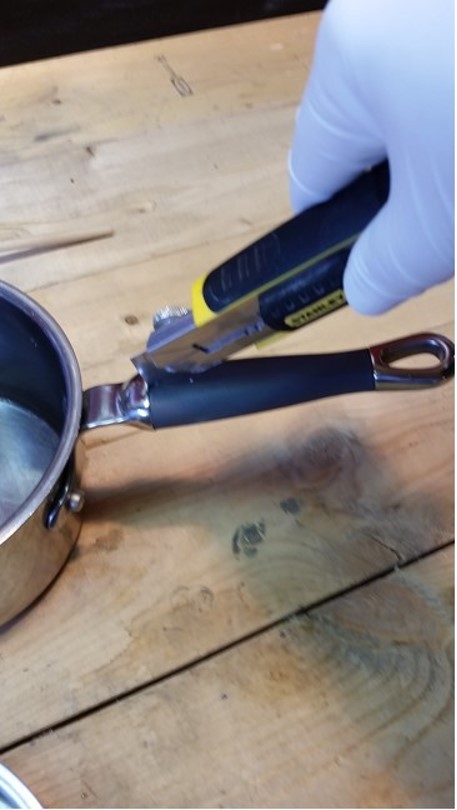
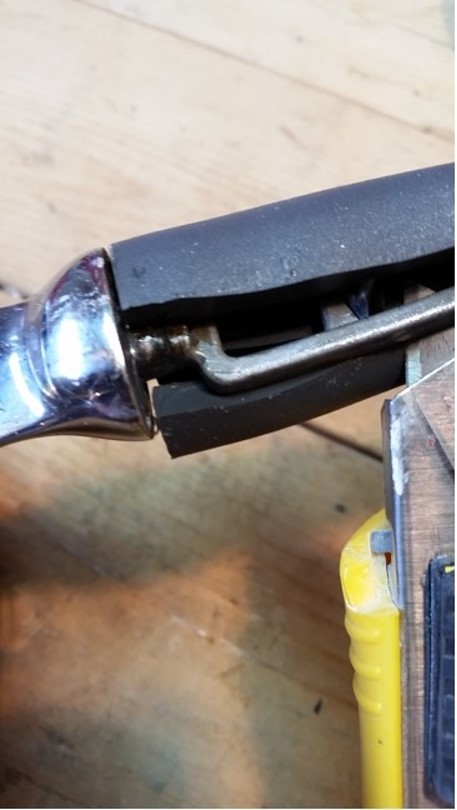
But what we found inside was nothing less than disgusting. It was wet, squishy and had some nasty black stuff inside. MOLD! I didn’t smell it. I wouldn’t go near it. But, I would imagine it probably reeked!
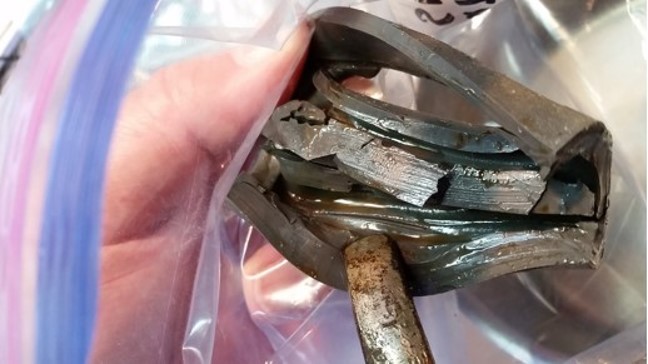
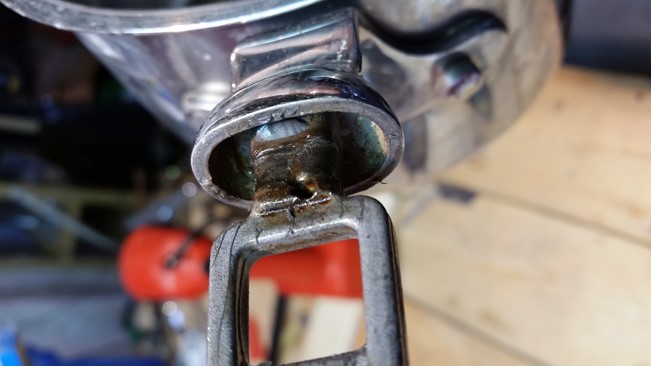
We would have never believed what had been living in those handles! And for how long!? But, looking back it just stands to reason. The gaps between the steel handle of the pot, and the added silicone handle, are tiny, but still penetrable. Constant washing (especially the dishwasher) where the hot water would have been expanding and letting in the water, and then contracting when it dried, must have been the perfect environment.
This is a picture of the cleaned up handle.
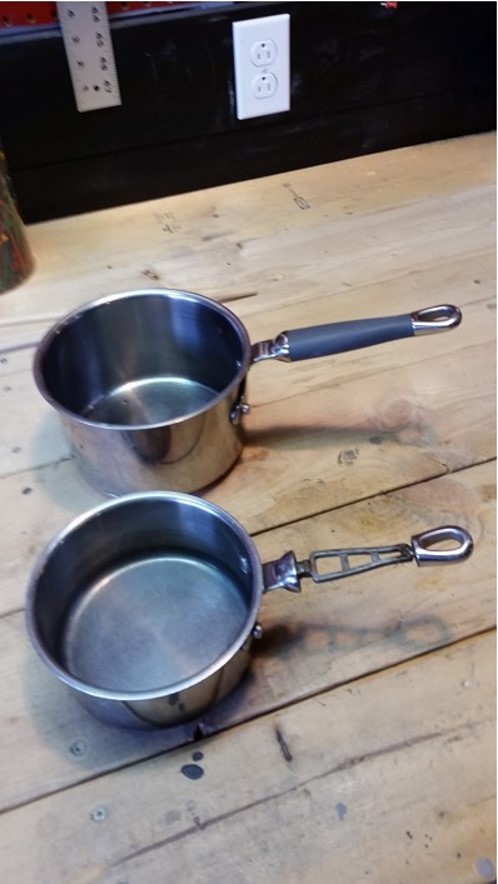
Suffice to say, we not salvaging the pots. We had thought of cleaning up said pots with the above protocol and purchasing separate silicone sleeves (say THAT 3 times real fast! Haha) to use in case the handles were too hot to hold, but frankly it just seems too risky. We may end up storing them and testing them at a future date when we are in a mold-free environment, but I don’t think I can ever feel good about these pots again, knowing what was in the them. This set is over 8 years old. Eight years is a long time to be accumulating mold. ☹ They should have come with a warning label!
Moral of the story? Never buy anything with a silicone handle! Especially, if it comes into contact with water!
Here are some possibilities of other items that could have a silicone/plastic handles or parts. Spatulas, the rubber in a Magic Bullet/blender (not saying these can be salvaged anyway because of the motor issue, but any new appliance with silicone/plastic parts must be regularly cleaned!), hair brushes, garden hand tools. Many kitchen utensils. Look around the kitchen!
As a caution, if you do attempt to remove the handles from your own pots and pans, please get someone who is not reactive to mold to do it. Do NOT do this yourself!
Thank you for sharing, Deb!! What an unexpected, hidden source of mold growth! Icky. Glad you found this out so others could be warned!
Christa Upton Black Hills Picture Books Edgemont, SD 57735
